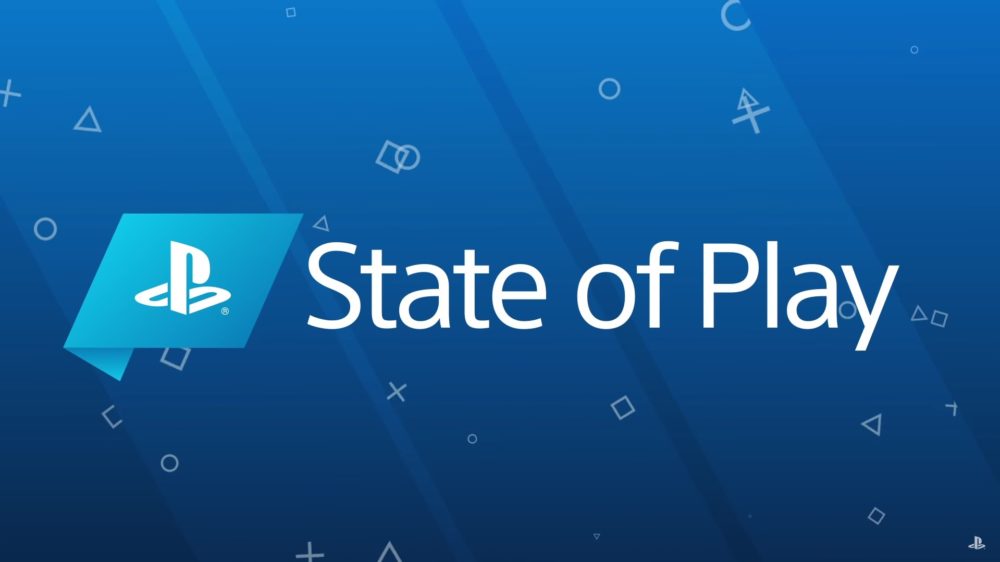
There were a lot of raised eyebrows going around when PlayStation announced late last year that they’d be pulling out of E3 2019. PlayStation’s departure from the show floor and the cancellation of their annual press conference meant that competitor Microsoft would be the last of The Big Three hardware makers to have a press conference at the show. But PlayStation’s extricating themselves from the show was always less surprising than it may have seemed on the surface.
Sony has been moving towards more curated media blasts for some time. Their PlayStation Experience live events — first run in the UK in the early 2000s but propagating across the world in the two decades since — have been very popular among the brand’s hyper faithful fanbase and have led to competitors like Xbox FanFest and EA Play attempting to adapt the format. For PlayStation’s corporate higher-ups, there was plenty of food for thought: why be beholden to an old industry tradition like E3 when they could produce the shows themselves? We get to make all the decisions — the date, the venue, the floorplan, which games we show and who we invite to come along. It’s a direct line to the people who buy and play PlayStation games and systems which is the most desirable possible channel for anyone with a product line to market. It’s the same thinking that bore other gaming events like PAX into the world.
In 2013, legendary hardware maker Nintendo became the first to formally pull their press conference from the E3 lineup. Though they maintained a significant presence on the E3 show floor, Nintendo had found greater success in communicating their messaging and marketing by releasing regular, curated video updates throughout the year called Nintendo Direct. Direct broadcasts had been running since 2011 but 2013 was the first year Nintendo opted to produce a special E3 episode rather than stage a conventional presser. Directs continue to be wildly successful for The Big N, allowing them to carefully control the information being released in each broadcast — which games, exactly what is shown and even the total running time. Some are built around specific titles, some around specific franchises and some are shotgun blast hype machines full of titles and genres of every kind. When a Nintendo Direct drops, its contents tend to dominate the news cycle for several days.
It’s a good idea. And PlayStation has been paying attention.
The move to a Direct-style presentation is an obvious one for PlayStation, for the same reasons it was an obvious one for Nintendo. Take the kind of excitement reserved for a Pokemon or Legend of Zelda Direct broadcast and apply it to one of Sony’s exclusive franchises like The Last of Us or God of War. The hype will be tremendous and Sony knows this. It also means they can keep those hype trains running much longer and give other titles a more specific spotlight. This week’s inaugural State of Play broadcast focused on PlayStation VR and Sony Worldwide Studios titles and is a great example of this very thinking at work. While games like Iron Man VR, incoming VR support for No Man’s Sky and scrappy indie titles like ReadySet Heroes and Concrete Genie may not be the first looks the hardcore were expecting, they’re certainly a good place to start. It’s a lower-stakes way to kick off, feel out the formula of the video with less critical titles that don’t affect your tentpole releases. I fully expect an episode devoted to Days Gone will drop in the coming weeks as that game, PlayStation’s big Q2 exclusive, creeps closer to its April street date.
This first episode of State of Play shows that PlayStation has more to talk about than just the heavy hitters. Between State of Play and their PlayStation Experience events, Sony now controls the length and breadth of their messaging and presence at consumer events. There’s no waiting for events like E3 or Gamescom. There is a direct line to the audience, the dream of any marketing department and certainly one as large as PlayStation’s. It’s a smart move, a long-expected one, and I’ll be interested to see how it evolves moving forward.
